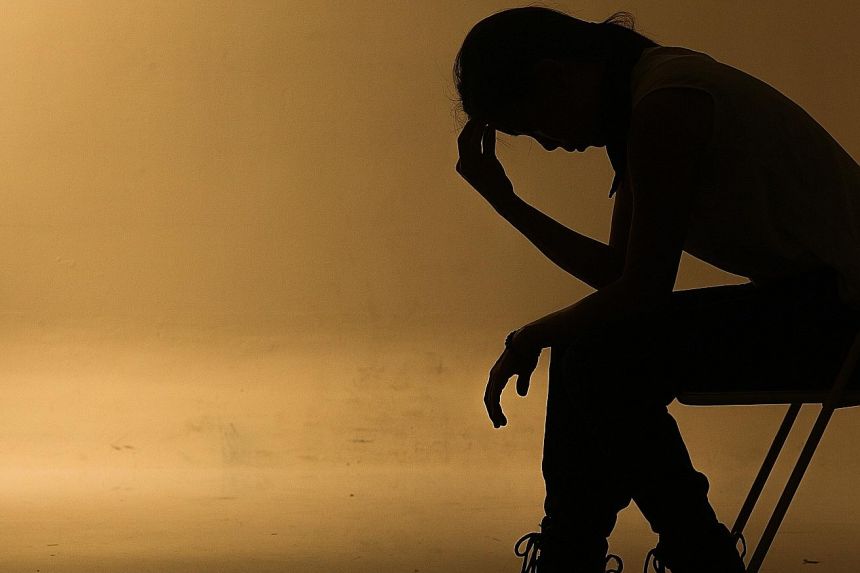Can you experience PTSD without realising it?

In May this year, Lady Gaga revealed that she suffered from post-traumatic stress disorder (PTSD) following a sexual assault that happened during the earlier years of her career. After a hospital visit for pain and numbness, she was surprised when she was sent a psychiatrist rather than a medical doctor.
“I realised that it was the same pain that I felt when the person who raped me dropped me off pregnant on a corner, at my parent’s house, because I was vomiting and sick. Because I had been being abused, and I was locked away in a studio for months.”
Trauma can have lingering effects on most people, and for some, the exposure to extreme traumatic experiences such as vehicle accidents, rape, assault, and robbery can cause PTSD, with effects on mental health such as anxiety, hyper-vigilance, repetitive nightmares, flashbacks, and more.
If any of this sounds familiar, consider speaking to a professional and get a diagnosis of your experiences.

We speak to Asher Low, founder, executive director, and senior social worker at non-profit organisation Limitless on recognising the symptoms and how loved ones can help.
Limitless is part of Safe Circle , which is a newly formed platform that aims to build a safe, nurturing, and trauma-informed community through educating parents, teachers, young adults, and helping professionals.
A partnership between seven local agencies, it offers training via complimentary talks and workshops for those who want to give a helping hand, empowering them to be more trauma-informed and to better support trauma survivors.

Asher Low (AL): Some of the common symptoms of PTSD include increased reactivity and hyperarousal, avoidance behaviours, intrusion symptoms such as flashbacks and nightmares, and negative or irrational cognitions or moods.
To explain this plainly, trauma sufferers may present behaviour akin to the fight-flight-freeze response.
As such, trauma may not always look like what we see in the movies, those cases where someone is in a consistent state of panic, or has constant flashbacks are those where trauma symptoms have already gotten very severe.
Sometimes trauma symptoms present themselves in aggression, avoidance, placating behaviour, or even risky behaviour. And trauma sufferers can also sometimes be labelled by others as having attitude problems, or poor behaviour.
ALSO READ: Ariana Grande still suffers with PTSD three years after Manchester concert bombing
AL: As earlier mentioned, you can look out for physical and emotional signs of a person in a fight, flight, or freeze state.
These may include, blaming behaviour, anxiety, panic, aggression, avoidance, or the inability to make decisions. Other common symptoms may include nightmares and flashbacks.

AL: Research shows that early help and support can mitigate later effects of trauma. This is especially so for adolescents and children.
AL: The key to supporting someone who has experienced trauma, would be to empathise. Try to put yourself in their shoes, see from their perspective, and listen actively. Shift our mindset from one that’s blaming – “what is wrong with you?” to one that’s empathetic: “What happened to you? Can I help?”
And finally, one of the best ways to help is to be trauma-informed yourself. And you can do so by joining one of our free workshops via www.safecircle.sg.
This article was first published in The Singapore Women's Weekly.